Optimal Timing for Foundation Repairs

Foundation repairs are often most effective during dry weather when soil movement is minimal.
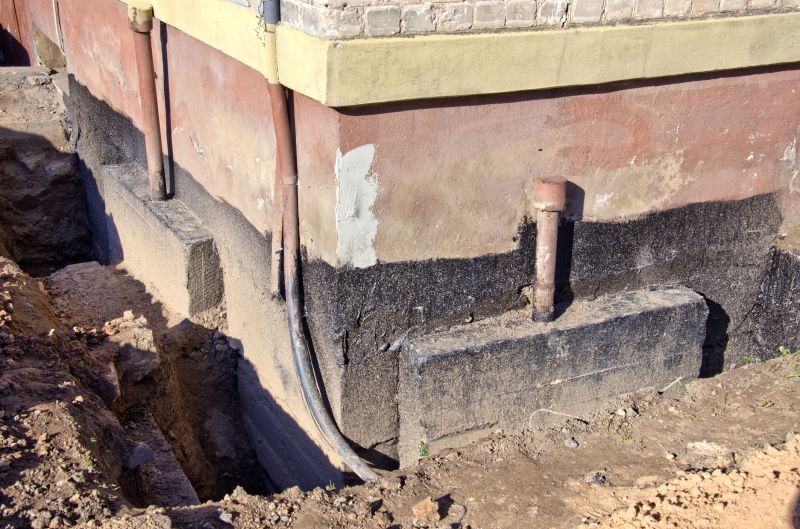
Spring can be suitable due to moderate weather, but heavy rains may cause delays.

Summer offers stable conditions, though high temperatures can affect curing times.
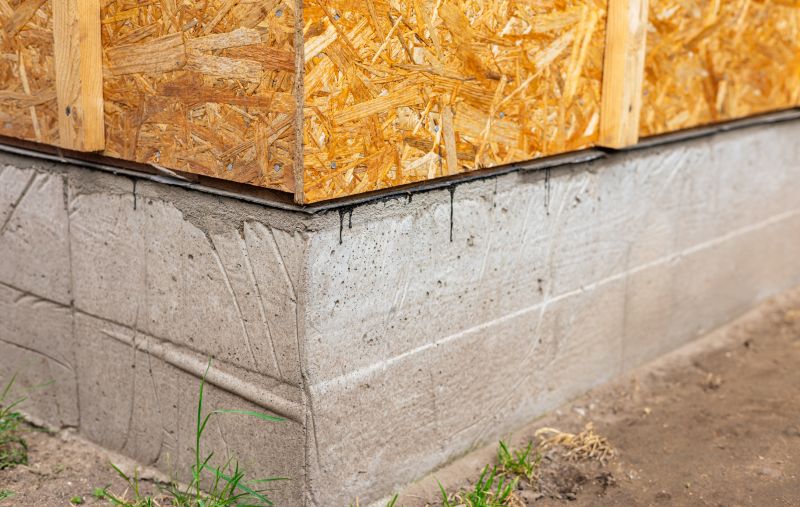
Fall provides cooler temperatures and less moisture, ideal for many repair projects.
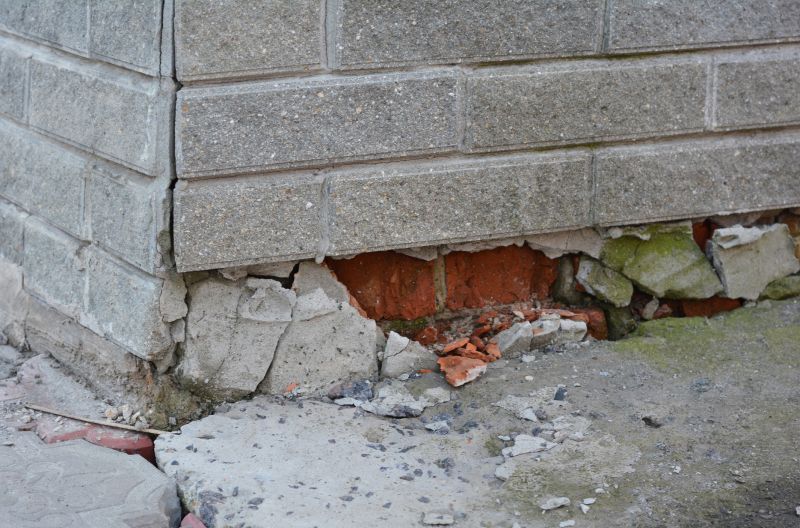
Winter is generally less favorable due to cold temperatures and frozen ground.
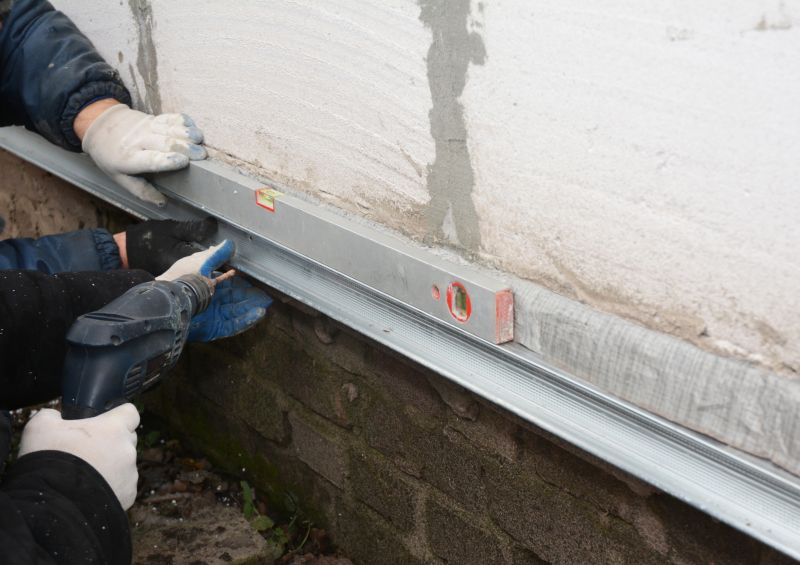
The best time is typically during dry, moderate seasons when soil stability is highest.
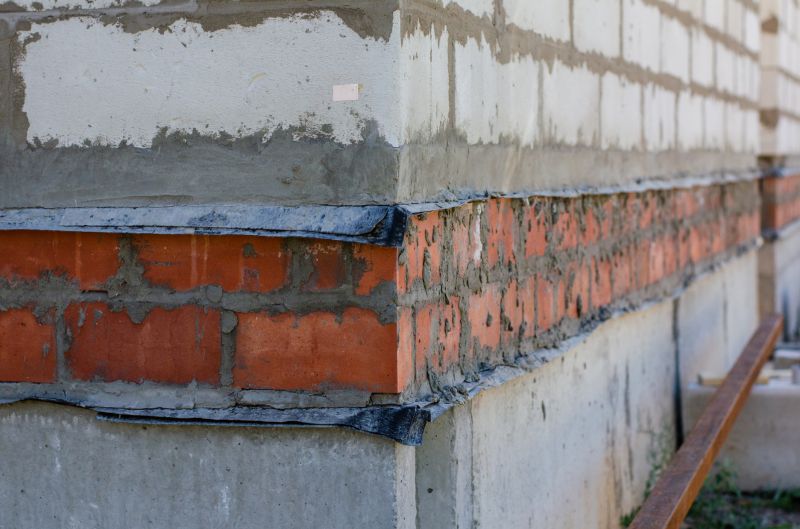
Finishes and colors that play nicely with Foundation Repairs.
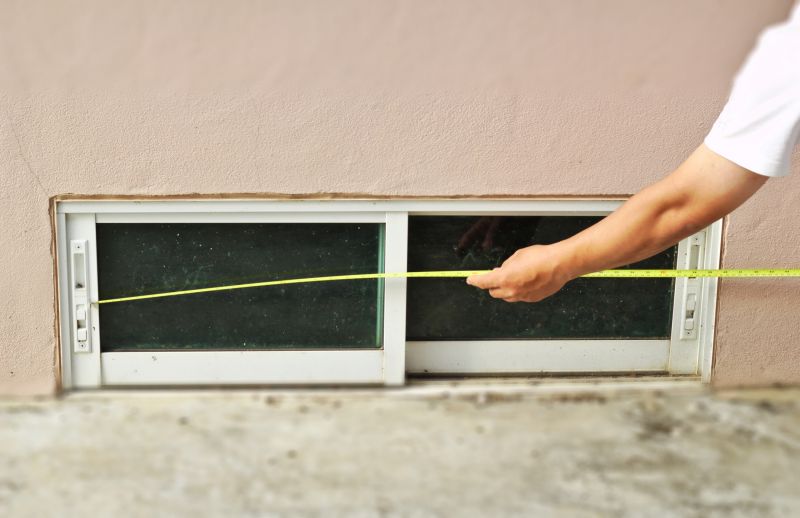
Little measurements that prevent headaches on Foundation Repairs day.
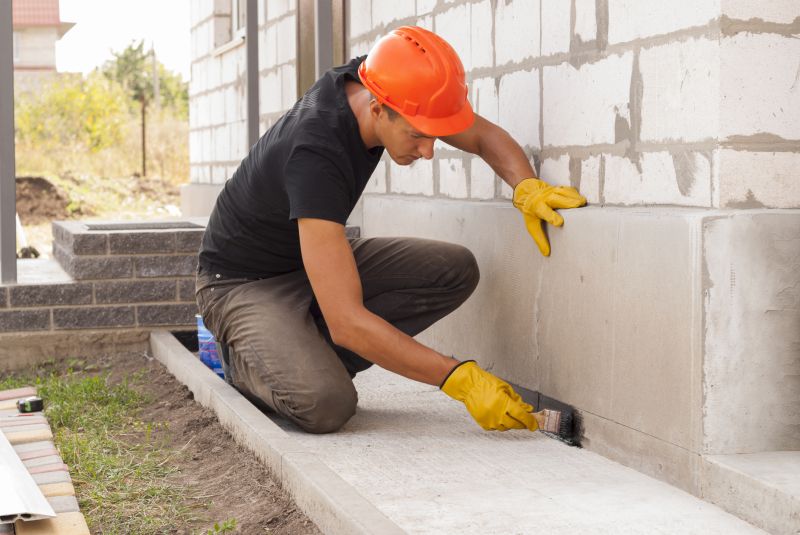
A 60-second routine that keeps Foundation Repairs looking new.
Foundation repairs address issues such as settling, cracking, and shifting that can compromise structural integrity. Timely intervention can prevent further damage and costly repairs. Soil conditions, weather patterns, and moisture levels influence the optimal timing for repairs, making it essential to consider seasonal factors.
Statistics indicate that foundation problems affect approximately 25% of homes in regions with expansive clay soil, which is common in Wisconsin. Proper timing of repairs can reduce the risk of ongoing movement and structural deterioration, prolonging the lifespan of the foundation.
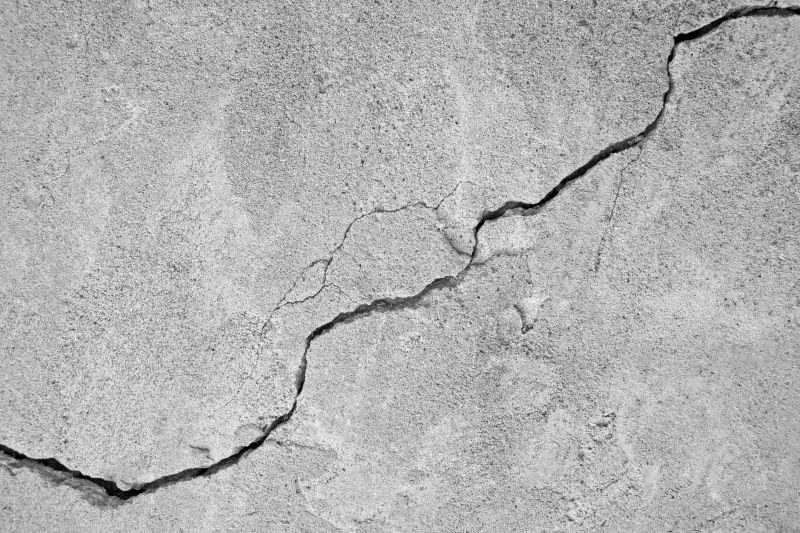
Addressing cracks early prevents water intrusion and further structural issues.
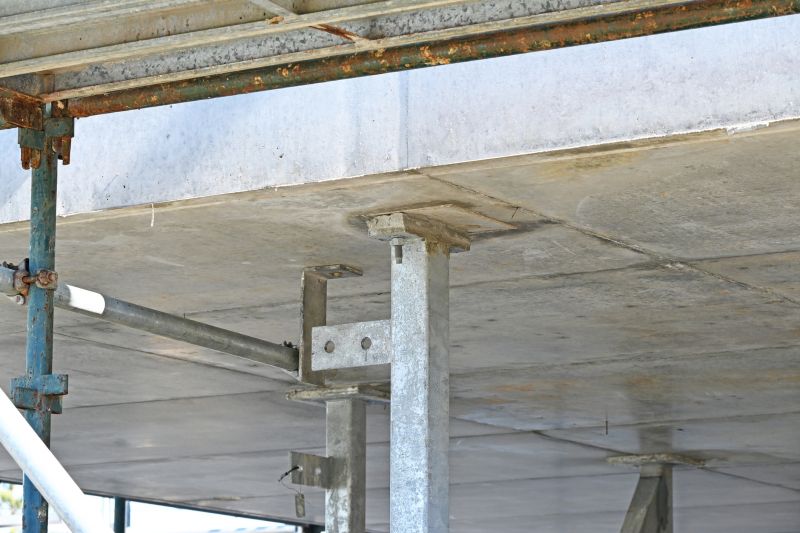
Stabilizing piers ensures proper support and alignment of the structure.

Methods like underpinning improve soil support and reduce shifting.

Proper waterproofing protects against moisture-related damage.
A frequent mistake in Foundation Repairs and how to dodge it.
Small tweaks to make Foundation Repairs safer and easier to use.
Lower-waste or water-saving choices for Foundation Repairs.


